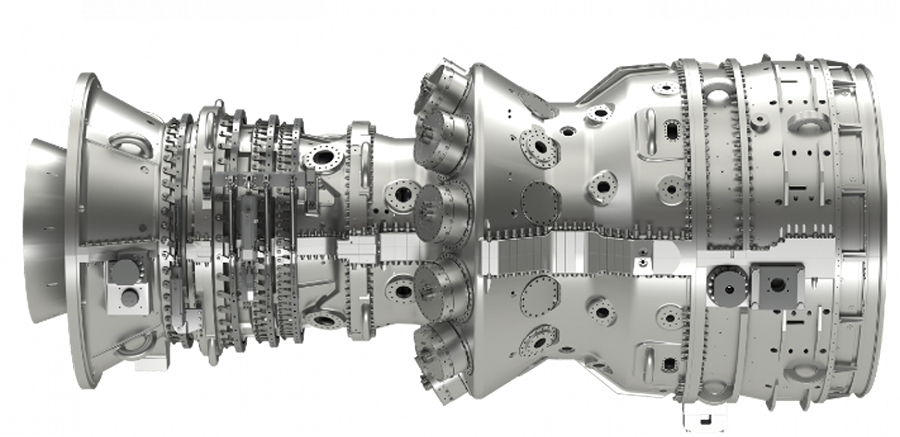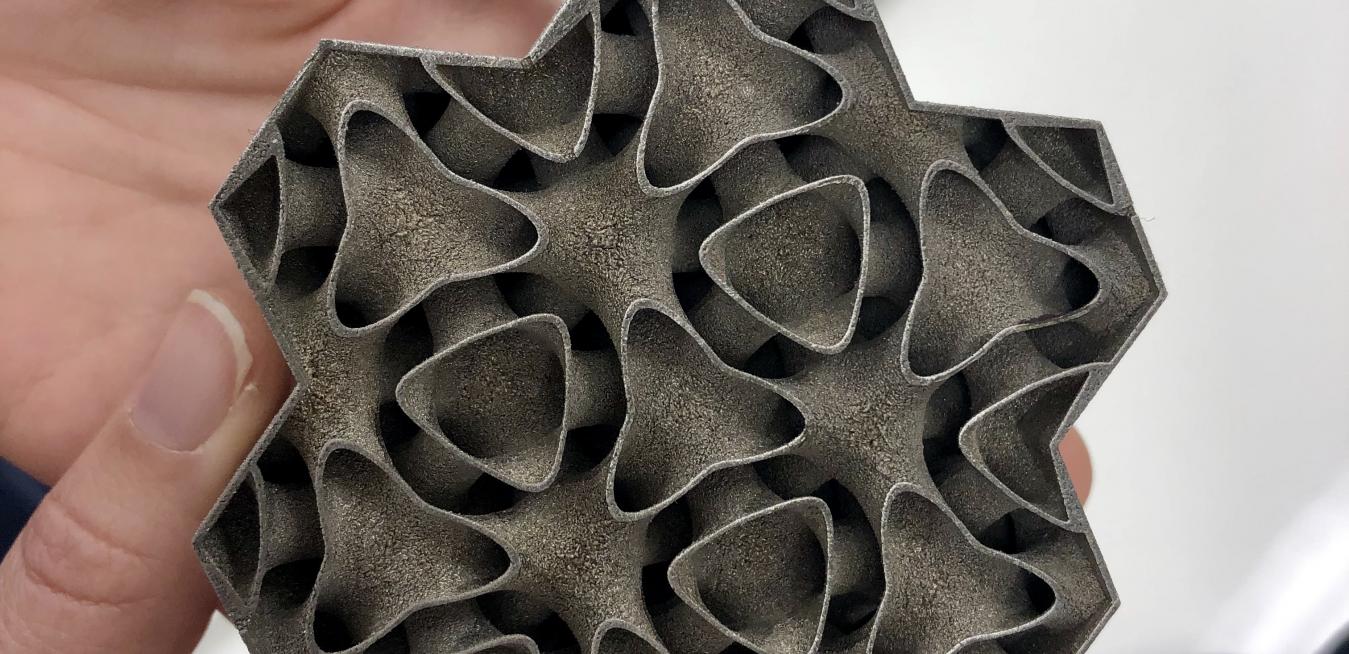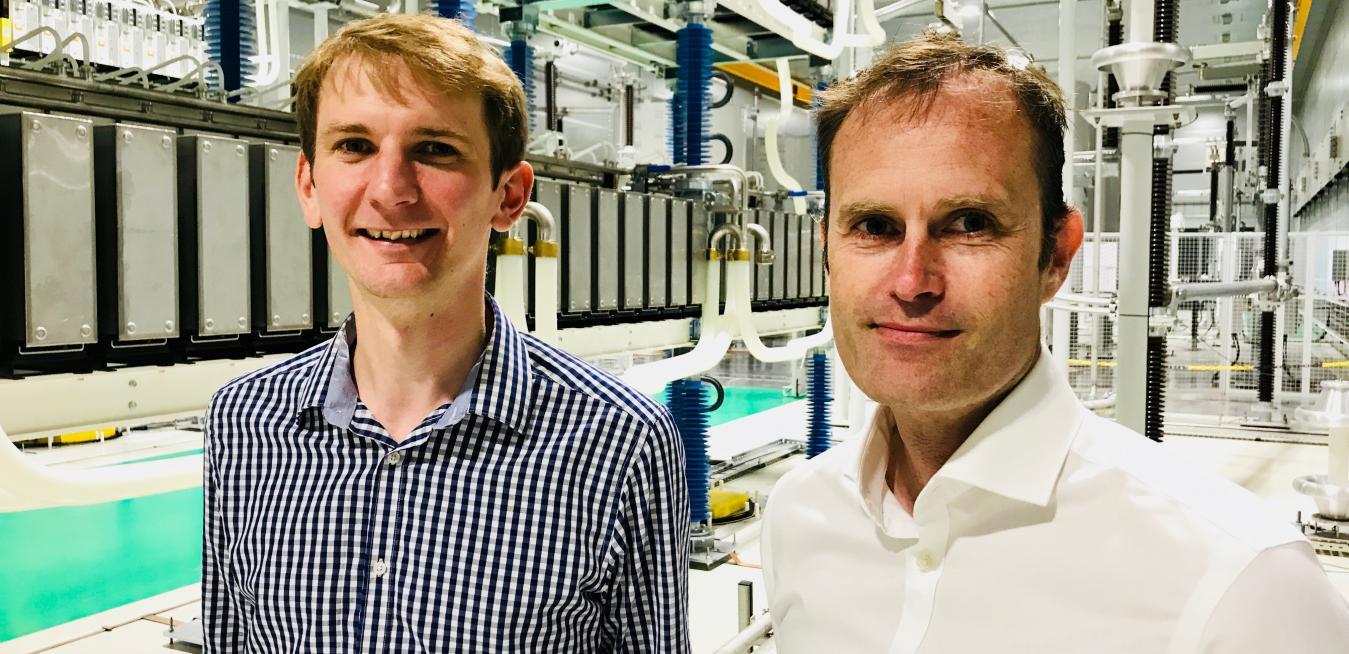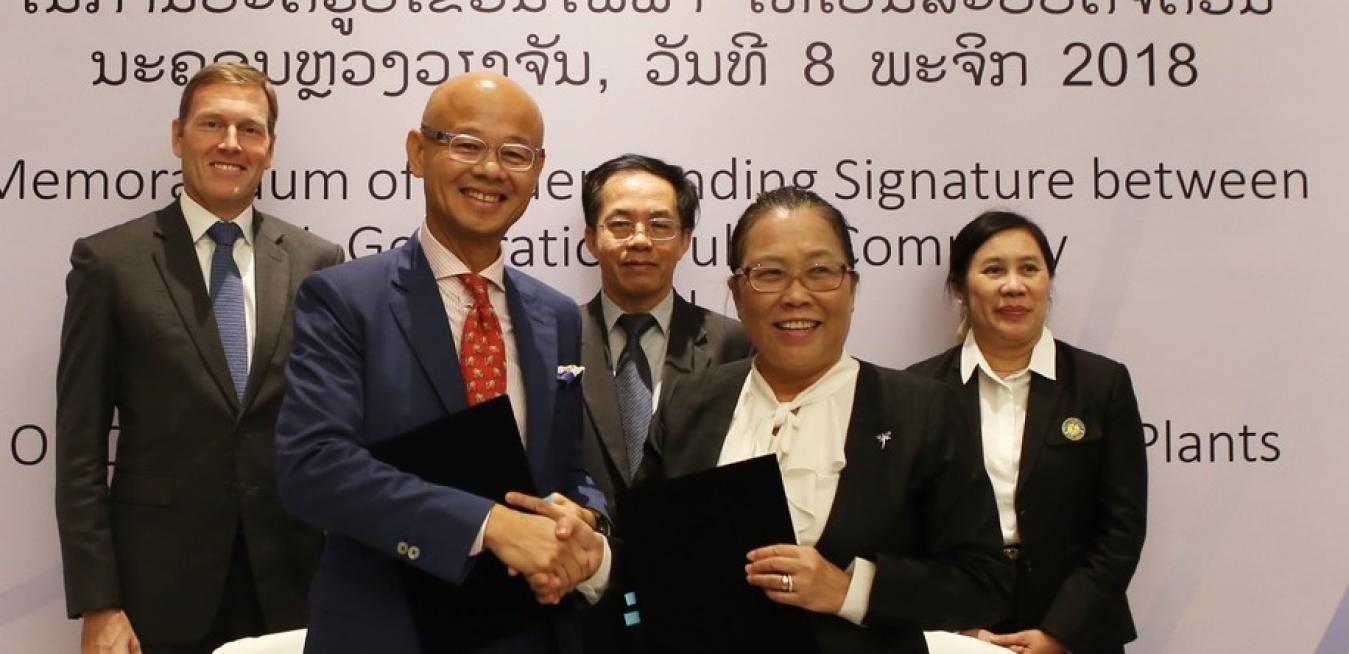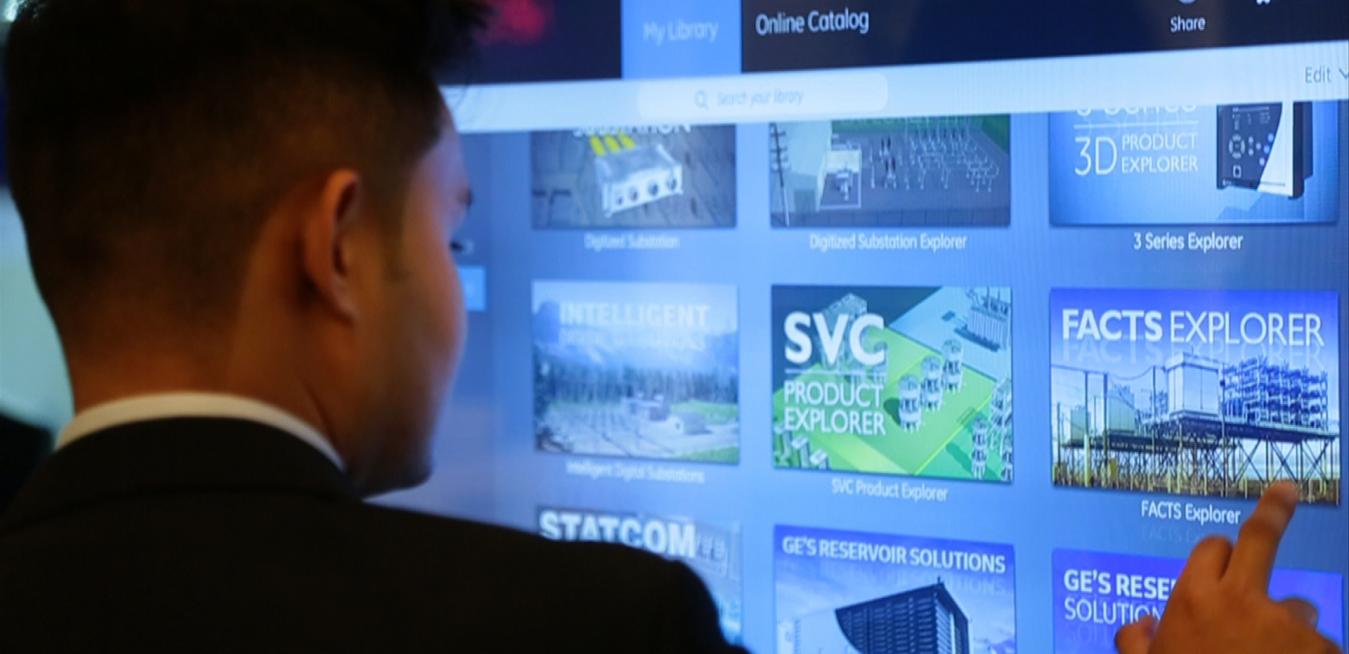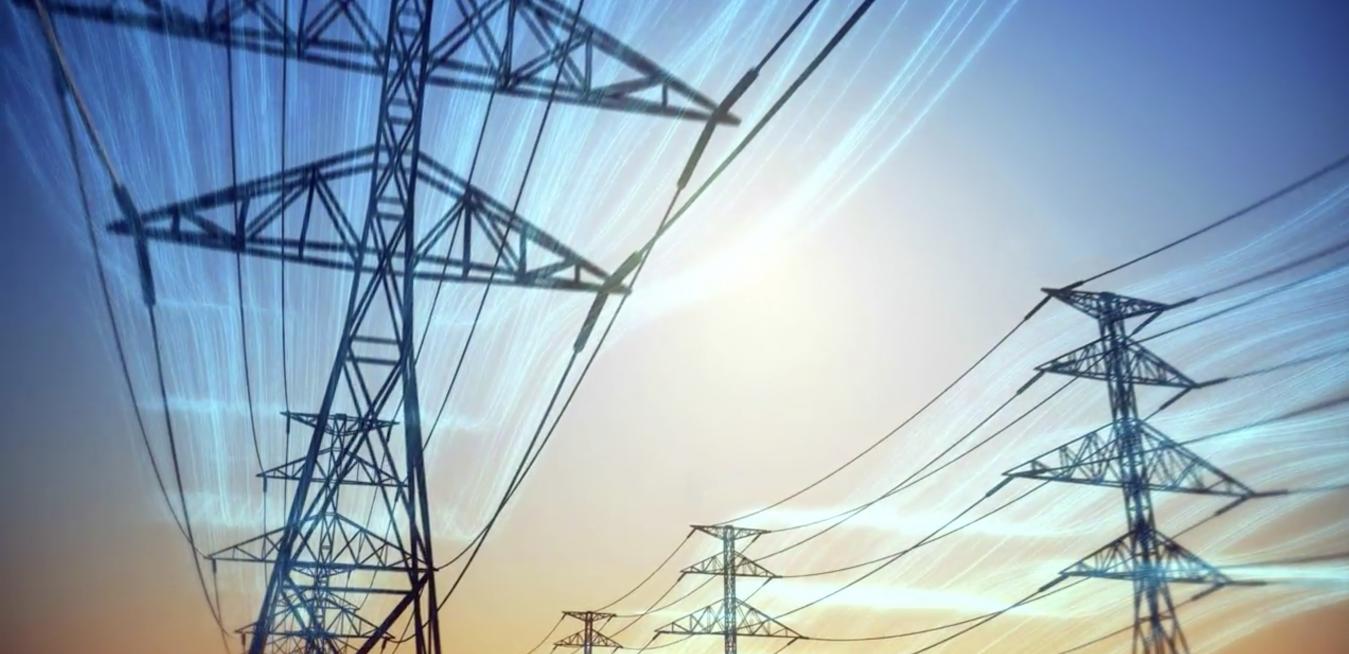When engineer Sanford Moss built GE’s first gas turbine more than a century ago, things didn’t go exactly as the company planned. The machine used too much fuel and produced too little power. Moss put the design on the shelf until the outbreak of World War I, when the National Advisory Committee for Aeronautics, NASA’s predecessor, realized it could use the device to supercharge aircraft engines and gain superiority in the air.
Australia’s vast renewable-energy resources and government plan to support investment in renewables, starting with the Renewable Energy Target enacted in 2001, have led to unprecedented changes in the flow of electrons through the country’s grid infrastructure.
When Charles Parsons invented the steam turbine in 1884, it was a monumental advance. More than a century later, engineers are still relying on steam to operate the turbines that generate much of the world’s power. Perhaps it’s about time to take the technology to the next level.
One way to do that is to draw inspiration from the human body. That’s exactly what Peter deBock and his colleagues at GE Research in Niskayuna, New York, did: They devised a heat exchanger — an essential component of the cooling system of a power turbine — that mimics human lungs.
Sitting in the shadow of a 10th-century Saxon castle and surrounded by emerald fields flecked with herds of grazing sheep and cattle, the English Midlands town of Stafford feels far removed from the hustle and bustle of Manchester, a cradle of the Industrial Revolution just an hour to the north.
There’s a reason why China has become known as “the world’s factory.” The country now manufactures 20% of the world’s goods by value, and its exports are now worth around $2.5 trillion per year. But the country’s recent explosive economic growth has come at a cost: Emissions from its power plants contribute to smog thick enough to block out the sun in many cities.
"Originally published on Wouter Van Wersch’s LinkedIn. Wouter is the President and CEO of GE Asia Pacific.
My first visit to Laos in September 2016, coincided with President Obama’s trip - when he became the first sitting U.S. president to visit the nation - and since then, I have always been impressed by the progress being made in the country whenever I return.
Today GE announced new leadership for its reorganized GE Power units.
New energy sector innovations on the horizon were showcased at the recent CEPSI 2018 event and the GE Reports team had the opportunity to talk with some of the engineers, and developers, behind these.
These trends, and breakthrough technologies will be discussed and debated at the upcoming Conference of Power and Electricity Supply Industry 2018 (CEPSI 2018) in Kuala Lumpur from September 17 to 22.






